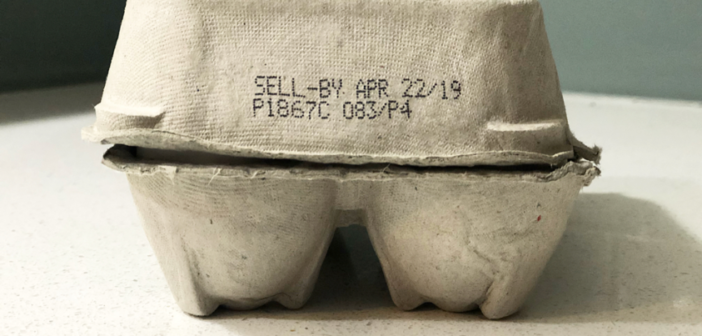Freshness date labeling is basically the Wild West. Expiration dates aren’t required by federal regulations on any foods except infant formula. This means that most food companies get to choose how they label their foods and which dates they put on their products. Despite this, companies commonly use a few phrases to describe their foods’ quality. Here are a few of the most common terms, along with what they really mean:
Best if Used By/Before
Companies use this label to tell consumers when a product will have the best flavor or quality. When you see this label, don’t be afraid to eat the food past that date. Just use your best judgment. If the food looks or smells different than it usually does, don’t risk it.
Use-By
Even though this label seems stricter than “Best if Used By/Before,” it actually means the same thing. The date listed is simply when the company estimates the product’s quality will go down. Use the smell, look and taste test to tell if the product is actually safe to eat.
Sell-By
This label is for grocery stores, so they know how long to keep a product on their shelves. When products have this label, you can usually eat it a week or more beyond that date. Again, your own judgment is your best guide when you see this label.
Ultimately, expiration dates are guidelines rather than rules. If you strictly follow expiration dates, you’ll likely waste a lot of perfectly edible foods. Instead of blindly following date labels, look out for these signs when trying to determine if your food has gone bad:
Texture change
Major changes in texture can mean that your food has spoiled. If your lunch meat, produce or other foods develop a slimy film, it’s time for them to go. If your fruit shrivels up or your milk goes lumpy, throw them out. However, if your food’s texture is only slightly off, like a bit of wrinkling or bruising on fruit or vegetable skin, it’s probably perfectly safe to eat. Simply cut off any bruising and enjoy.
Visible mold
Mold on your food is a sure sign that it has gone bad. For porous foods like bread and shredded cheese, mold can spread very easily through the food. This means you should throw out all the food in the package even if the mold is only on one part of the food. On the other hand, Mayo Clinic says that mold spreads less easily through dense foods. If you see mold on hard cheeses like parmesan or dense fruits and vegetables, you can simply cut off the area surrounding the mold and eat the rest of the food. That being said, don’t risk your health. When in doubt, throw it out.
Rancid smell
If your food’s smell has changed for the worse, it’s time for it to go. This is especially true of dairy products, eggs, fish and meat, which will give off sour, rancid or extra fishy odors when they’ve gone bad. Some foods, like broccoli or strong cheese, give off strong smells when they are fresh, so don’t mistake these normal smells for unusual smells. Look for other signs of spoiling if you’re unsure.
Color change
Unusual color change can mean that your food has spoiled. A lot of produce, like bananas, naturally change color as they age, while other produce can naturally develop colored spots. These color variations are totally safe. However, if you also notice a funky smell, texture or taste, it’s probably gone bad. Some red meats can also safely change color when deprived of oxygen. As long as your meat is stored in a sealed container in a fridge under 40 degrees for less than a few days and hasn’t dramatically changed color, it is safe to eat. However, if your non-red meat like poultry, pork or turkey changes color, you need to throw it out.

